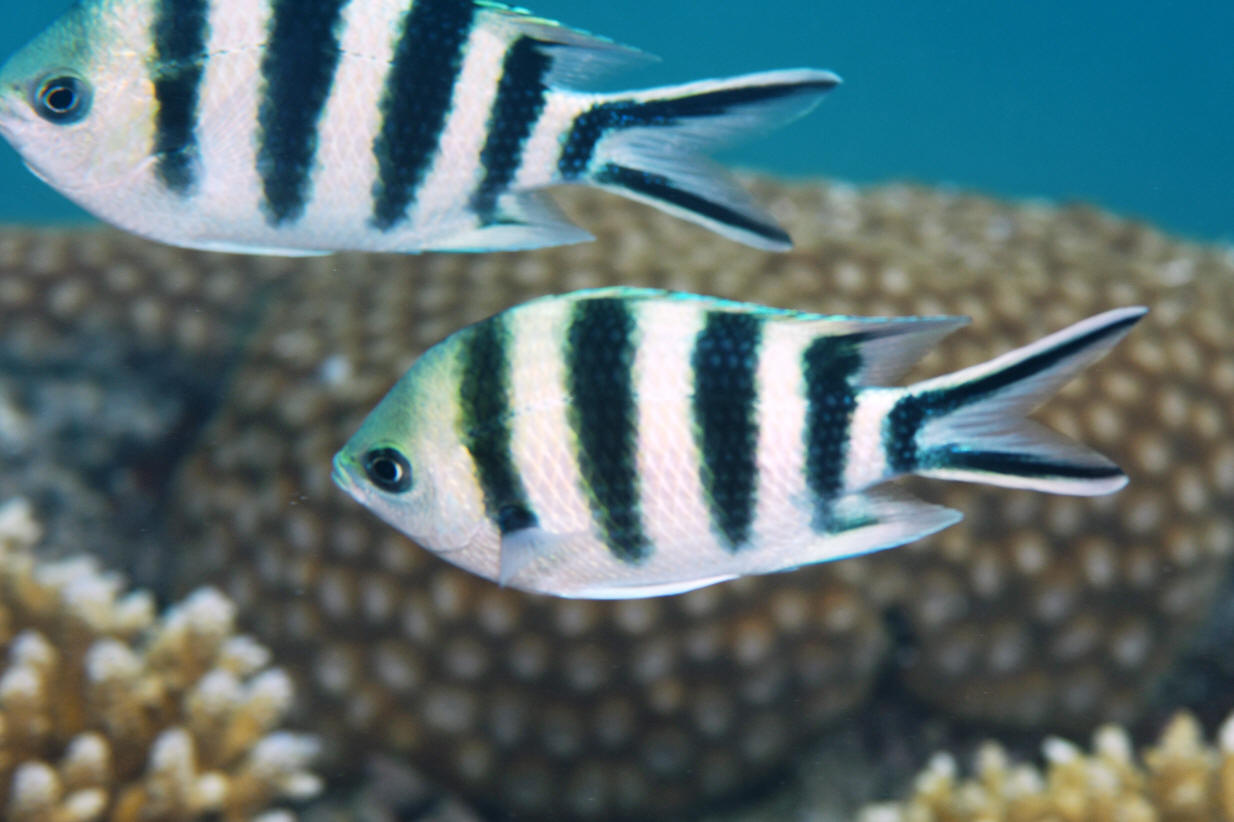Archive 988: Daily Pix FULL SIZE
(For personal use only: NOT public domain)
Mmm, right click,
add, set as background...
To: Today's:
Desktop size download, Today's FAQs,
SW Archive 950, SW Archive 951,
SW Archive 952, SW
Archive 953, SW Archive 954,
SW Archive 955, SW Archive
956, SW Archive 957,
SW Archive 958, SW Archive
959, SW Archive 960,
SW Archive 961, SW Archive
962, SW Archive 963,
SW Archive 964, SW Archive
965, SW Archive 966,
SW Archive 967, SW Archive
968, SW
Archive 969, SW Archive 970,
SW Archive 971, SW Archive
972, SW Archive 973,
SW Archive 974, SW Archive
975, SW Archive 976,
SW Archive 977, SW Archive
978, SW Archive 979,
SW
Archive 980, SW Archive 981,
SW Archive 982, SW Archive
983, SW Archive 984,
SW Archive 985, SW Archive
986, SW Archive 987,
SW Archive 989, SW Archive
990,
Freshwater Pic
of the Day Link
,
|
|
|
| Apogonid TBI Fiji 2017 |
|

|
|
Abudefduf sexfasciatus (Lacepede 1801), the Scissor-Tail
Sergeant. Found all over the Indo-Pacific, but not Hawai'i. Not as hardy
in captivity as other Abudefduf species. To five inches long. Fiji 2017 |
.JPG) |
|
Amblyglyphidodon leucogaster
(Bleeker 1847), the White- or Yellowbelly
Damselfish. Quite variable in appearance, as evidenced in its
multiple common names, the Yellow/Whitebelly Damsel may well be two
distinct species… The Indo-West Pacific (Melanesia, Micronesia, Ryukyus
to the GBR) form separate from the eastern Africa into Red Sea one. Both
are beautiful and aquarium-desirable varieties, found on reef slopes,
passages and lagoons. This species too is a generalized zooplanktivore,
feeding on crustaceans (copepods, mysids, amphipods, other crustacean
larvae), fish eggs, and some algae.
Fiji 2017 |
.JPG) |
|
Amblyglyphidodon leucogaster
(Bleeker 1847), the White- or Yellowbelly
Damselfish. Quite variable in appearance, as evidenced in its
multiple common names, the Yellow/Whitebelly Damsel may well be two
distinct species… The Indo-West Pacific (Melanesia, Micronesia, Ryukyus
to the GBR) form separate from the eastern Africa into Red Sea one. Both
are beautiful and aquarium-desirable varieties, found on reef slopes,
passages and lagoons. This species too is a generalized zooplanktivore,
feeding on crustaceans (copepods, mysids, amphipods, other crustacean
larvae), fish eggs, and some algae.
Fiji 2017 |
|
|

